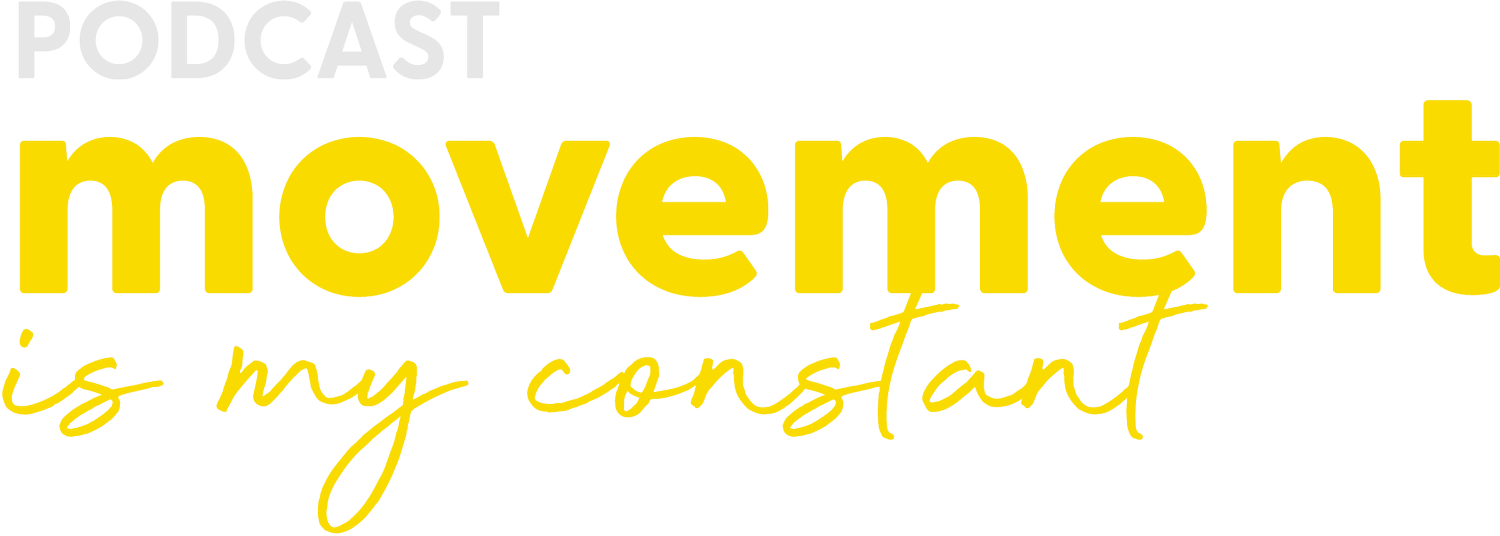Unlocking Holistic Health: Tom Swales on Movement, Trust, and Awareness For Healing
In this episode, I sit down with Tom Swales, a movement expert and holistic health practitioner, to explore the powerful connection between movement, trust, and healing. Tom breaks down the five lenses of holistic health—psychology, neurology, biology, chemistry, and physics—and explains how they influence our ability to recover and perform. He also shares insights on the role of trust in healing, the nervous system’s role in movement and pain, and how early movement development in children offers clues about efficient movement patterns.
Whether you’re a movement enthusiast or someone looking for a holistic approach to well-being, this episode offers valuable takeaways on how awareness, consistency, and self-assessment can transform your health.
Episode Highlights:
The five key elements of holistic health and how they shape movement and healing
Tom shares the five lenses of holistic health—psychology, neurology, biology, chemistry, and physics—offer a comprehensive framework for movement and recovery.Why movement is a feedback loop and how it reveals nervous system function.
Tom shares that understanding pain and nerve function is crucial for movement efficiency as the The nervous system plays a critical role in healing and adaptation.How small breakthroughs in movement shift belief systems and accelerate recovery.
Working with his clients Tom finds Trust and Communication are essential in any healing process, while Consistency in practice leads to long-term benefits.The role of child development in movement efficiency.
From his experience as a parent, Tom shares what we can learn from how kids transition from crawling to walking and why we often need to relearn natural movement patterns as adults.How to track progress with self-assessment techniques,
Self-assessment enhances body awareness and proprioception and the key is to start small and find low barriers to entry for improving your health.
What You’ll Learn in This Episode:
Why building trust is essential for healing and recovery
How self-awareness through movement leads to better outcomes
The importance of early childhood movement patterns in adult mobility
How pain and nerve function influence movement efficiency
The five lenses of holistic health and their role in rehabilitation
Why consistency and self-assessment are key to long-term progress
How movement can be used as a feedback loop for healing
Links & Resources:
Tom Swales' Website & Socials
Instagram: @tom.swales
YouTube: @Tommyswales
Linkedin: Tom Swales
Books and Resources:
Dr Mathew Walker: Why We Sleep
Tom Swales' Free Masterclass: 8 Neurohacks for Rapid Client Results – How to Reduce Pain and Get Them Moving Faster and Better in 60 Seconds or Less
Movement is My Constant Episode: Building Strength: Cindy Ngamba’s Journey from Challenges to Triumph
Follow Movement is My Constant
Instagram: @movementismyconstant
All Episodes Online: MovementisMyConstant
💬 What's Your Key Takeaway?
If Tom's story resonates with you, we want to hear from you! What inspired you most from this episode? Don’t forget to subscribe to Movement Is My Constant for more extraordinary stories about resilience and adaptability. Share this episode with someone who could use a dose of inspiration, and let us know your favorite moment by leaving a review or tagging us on social media!
Listen to full episode :

